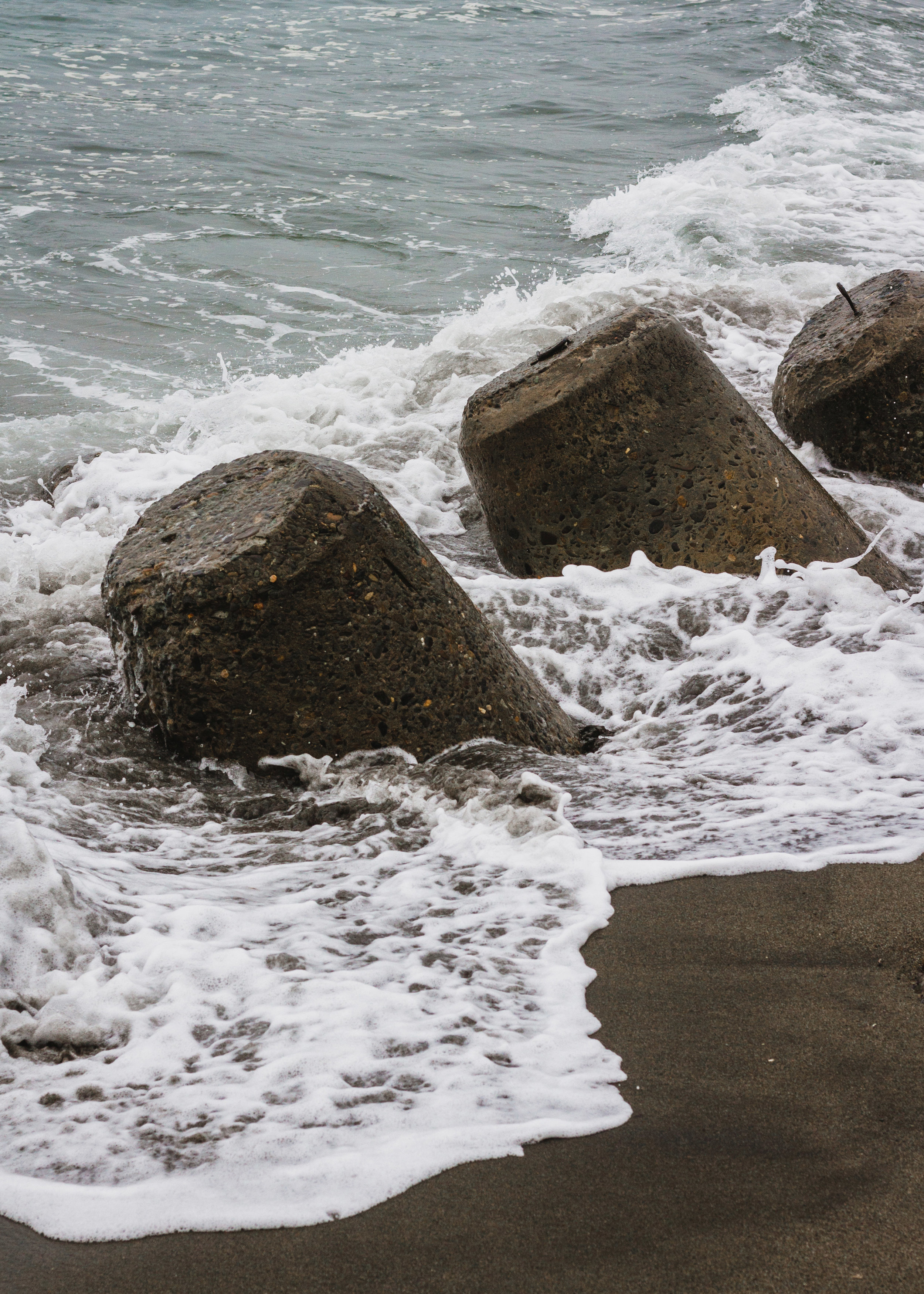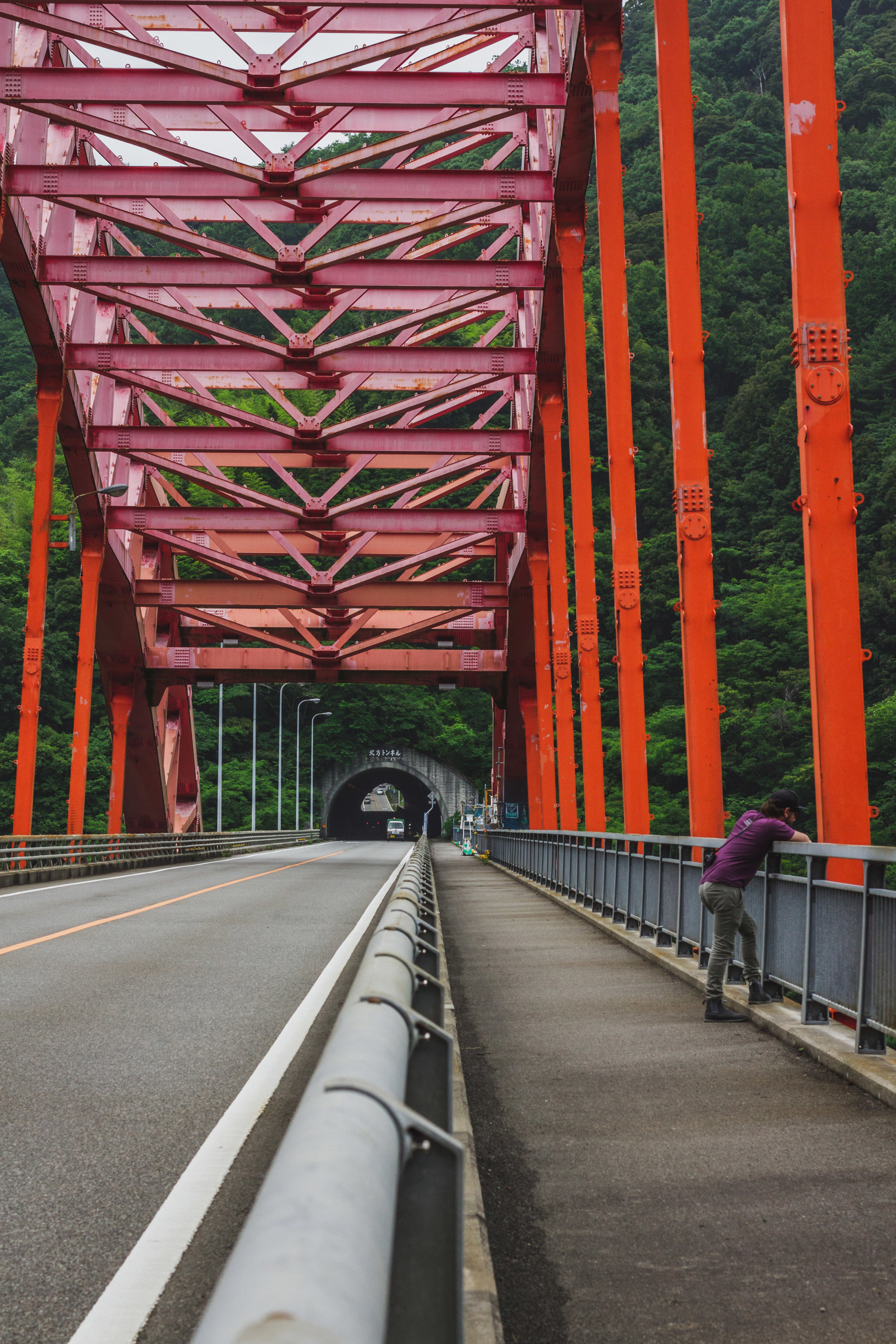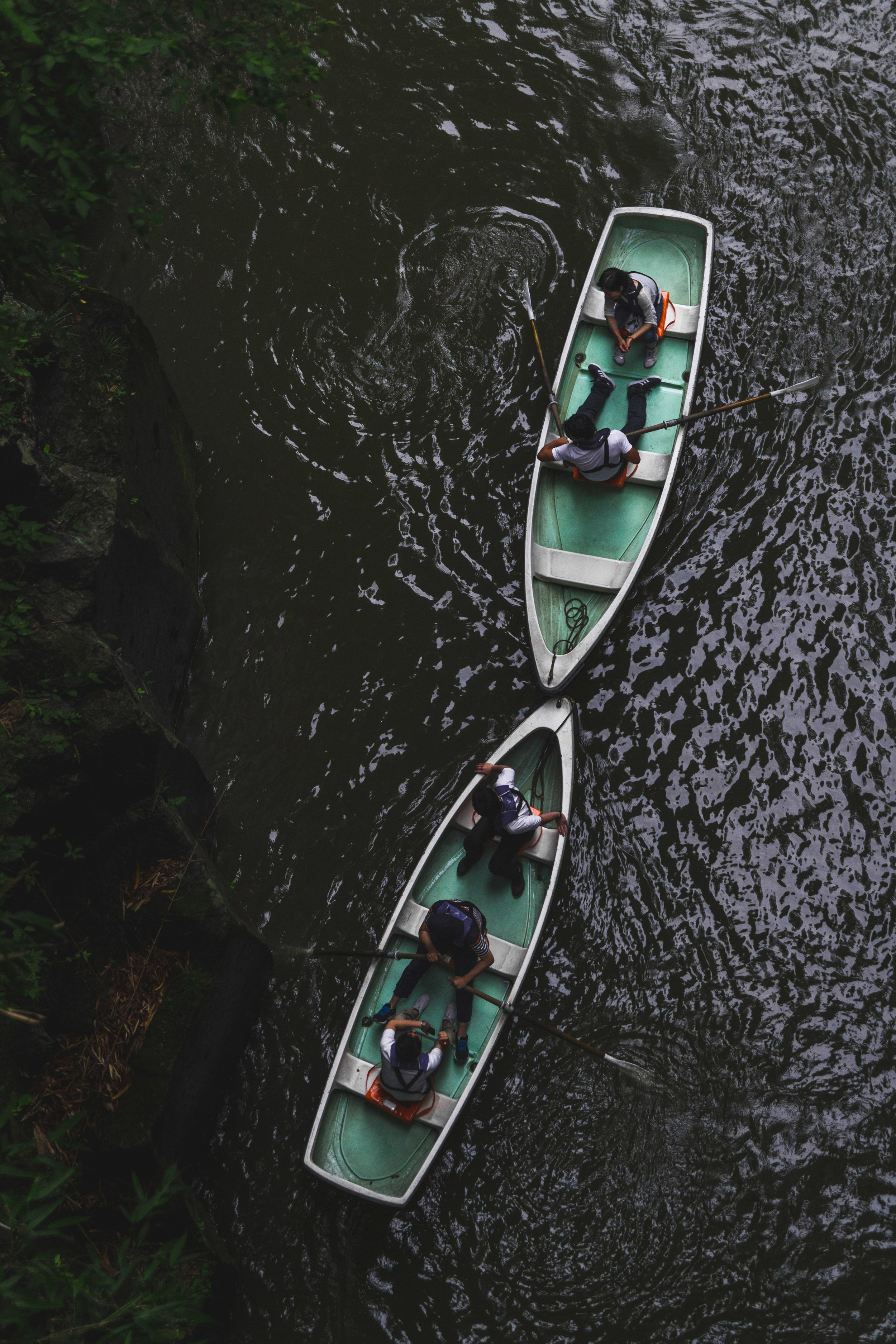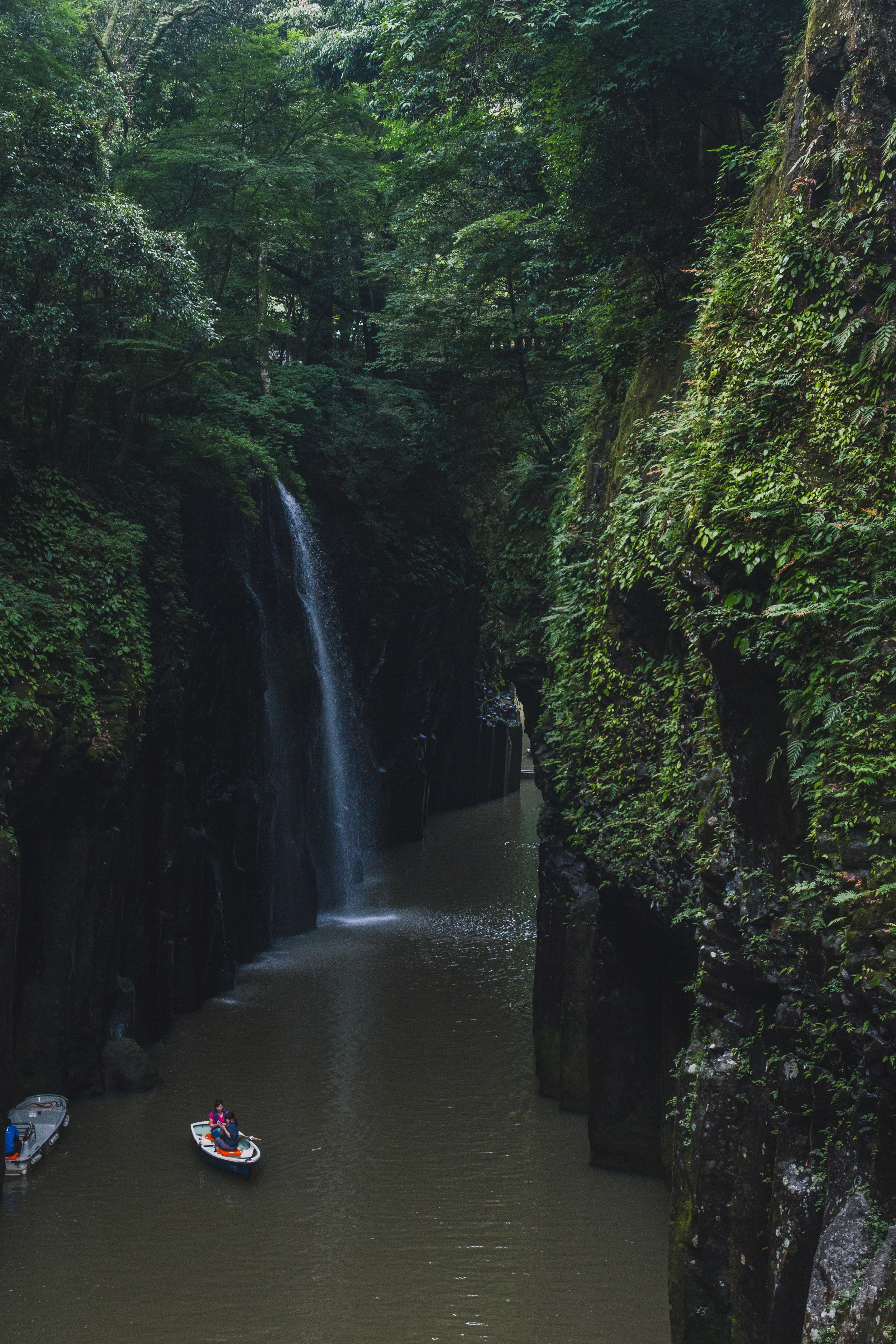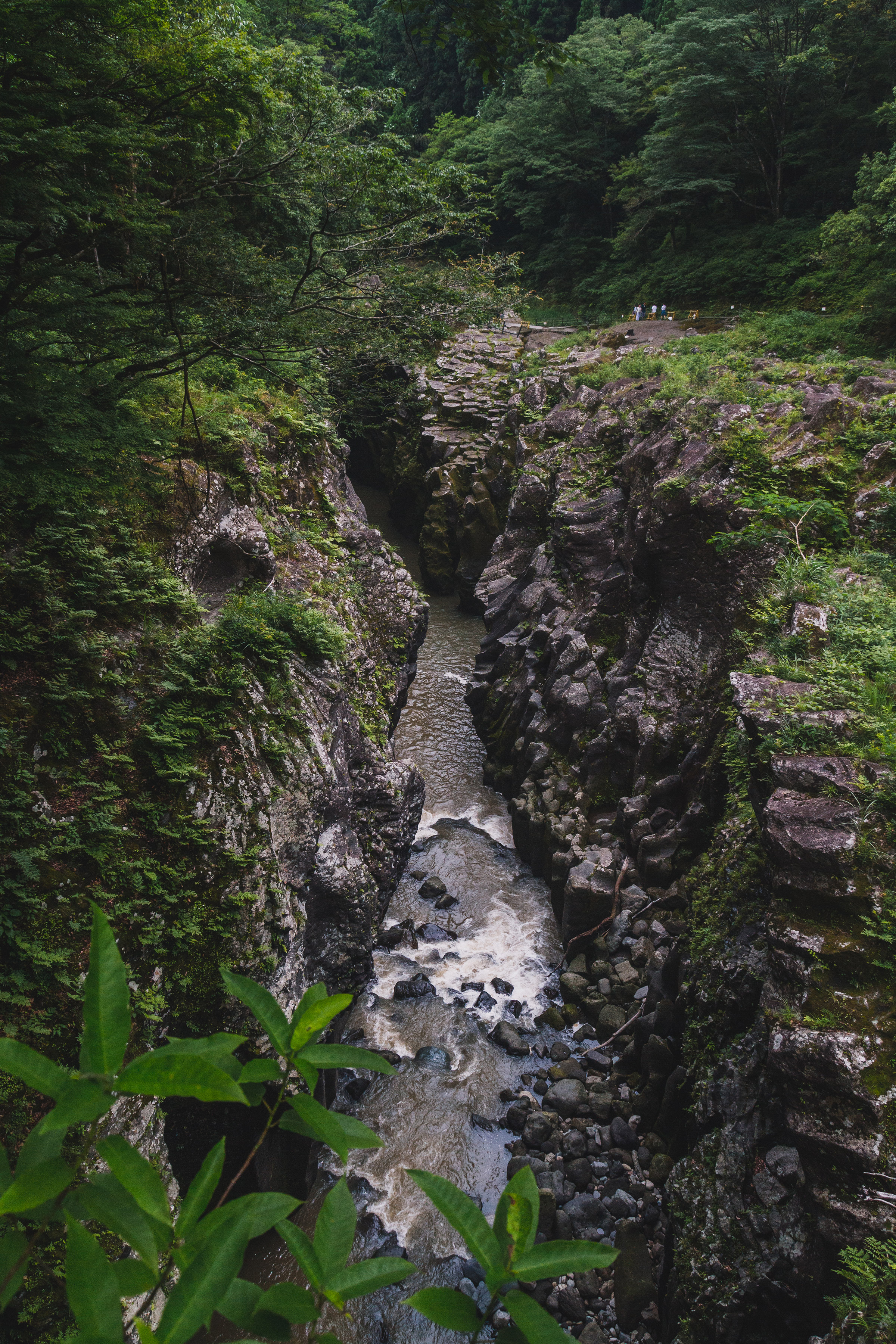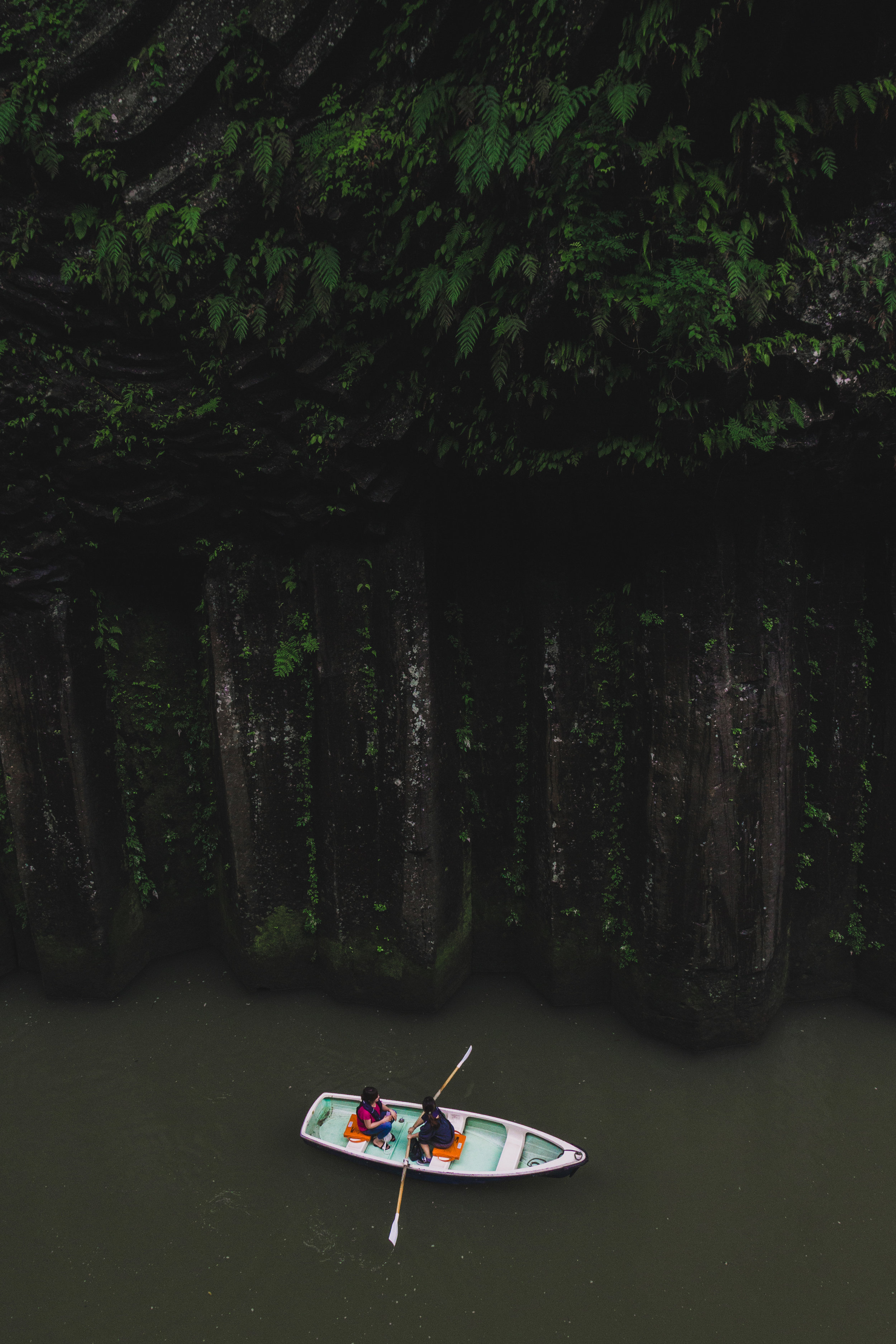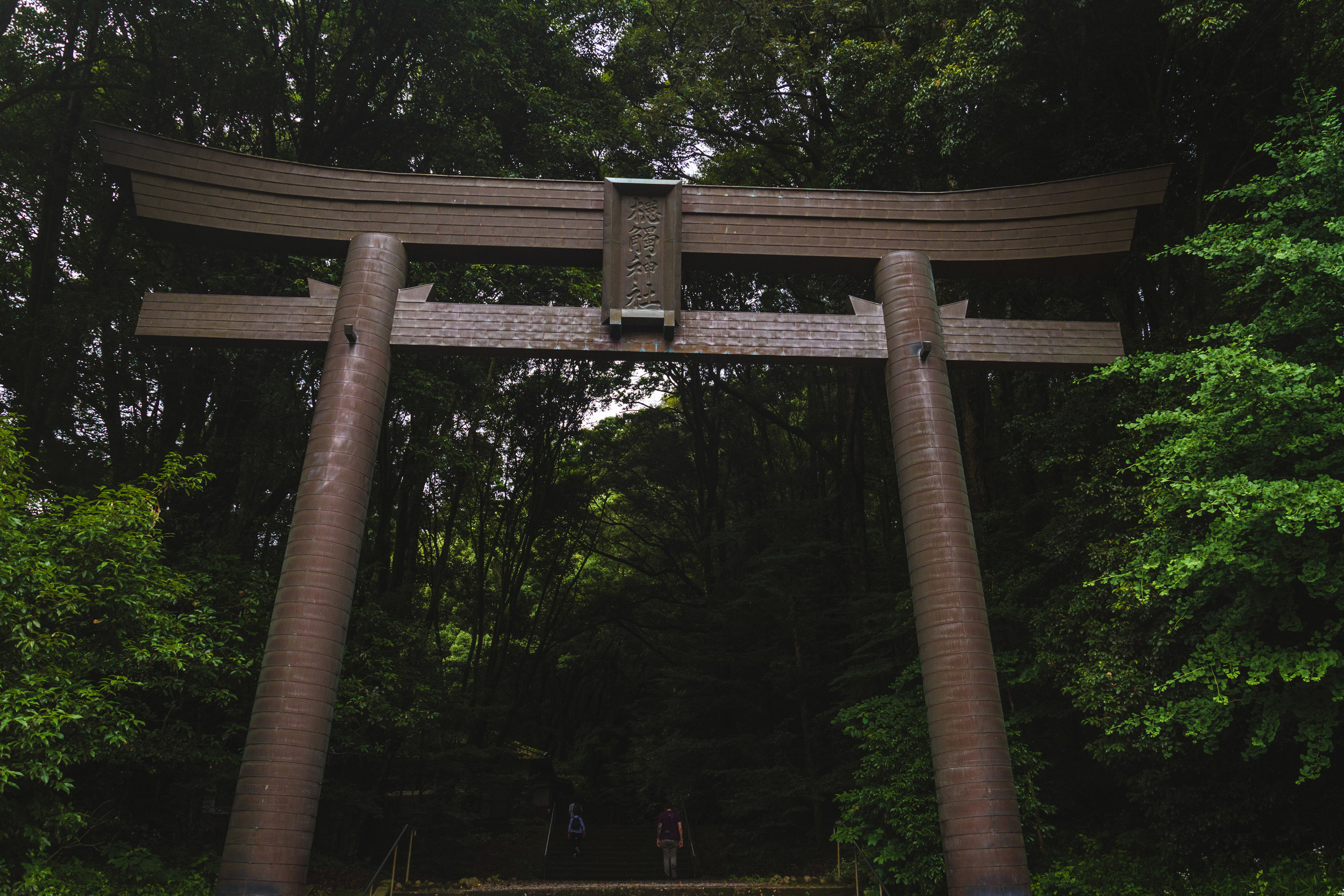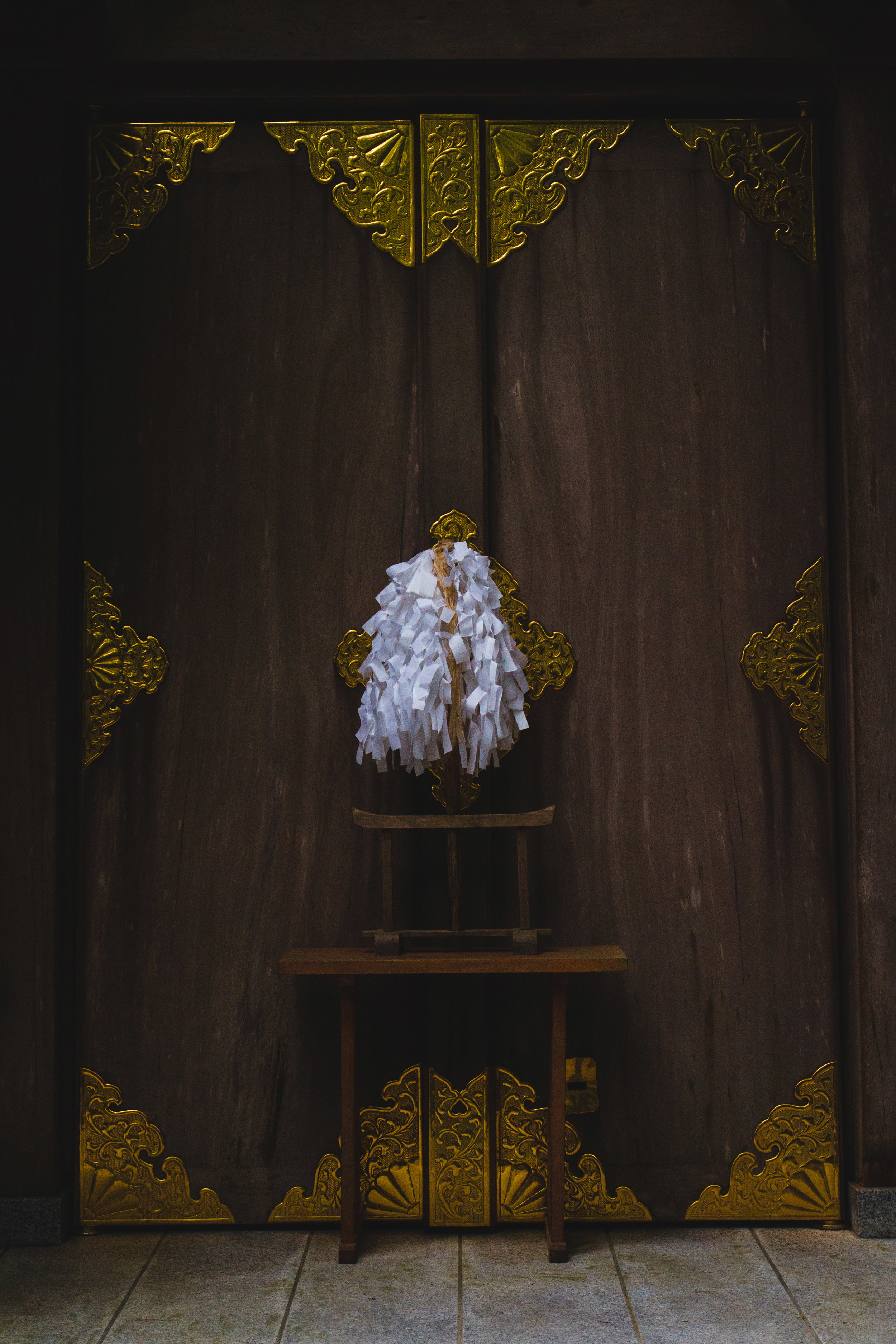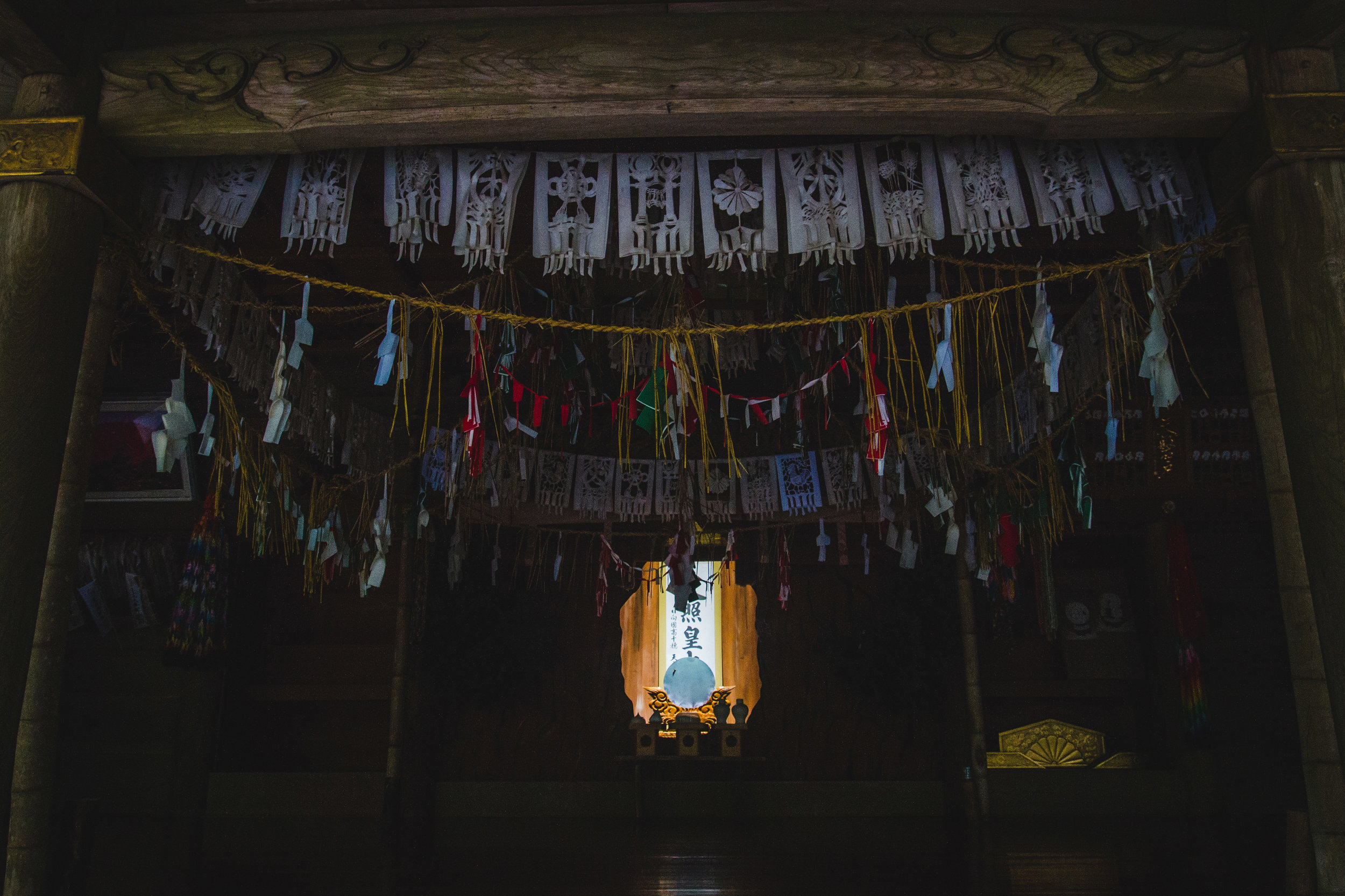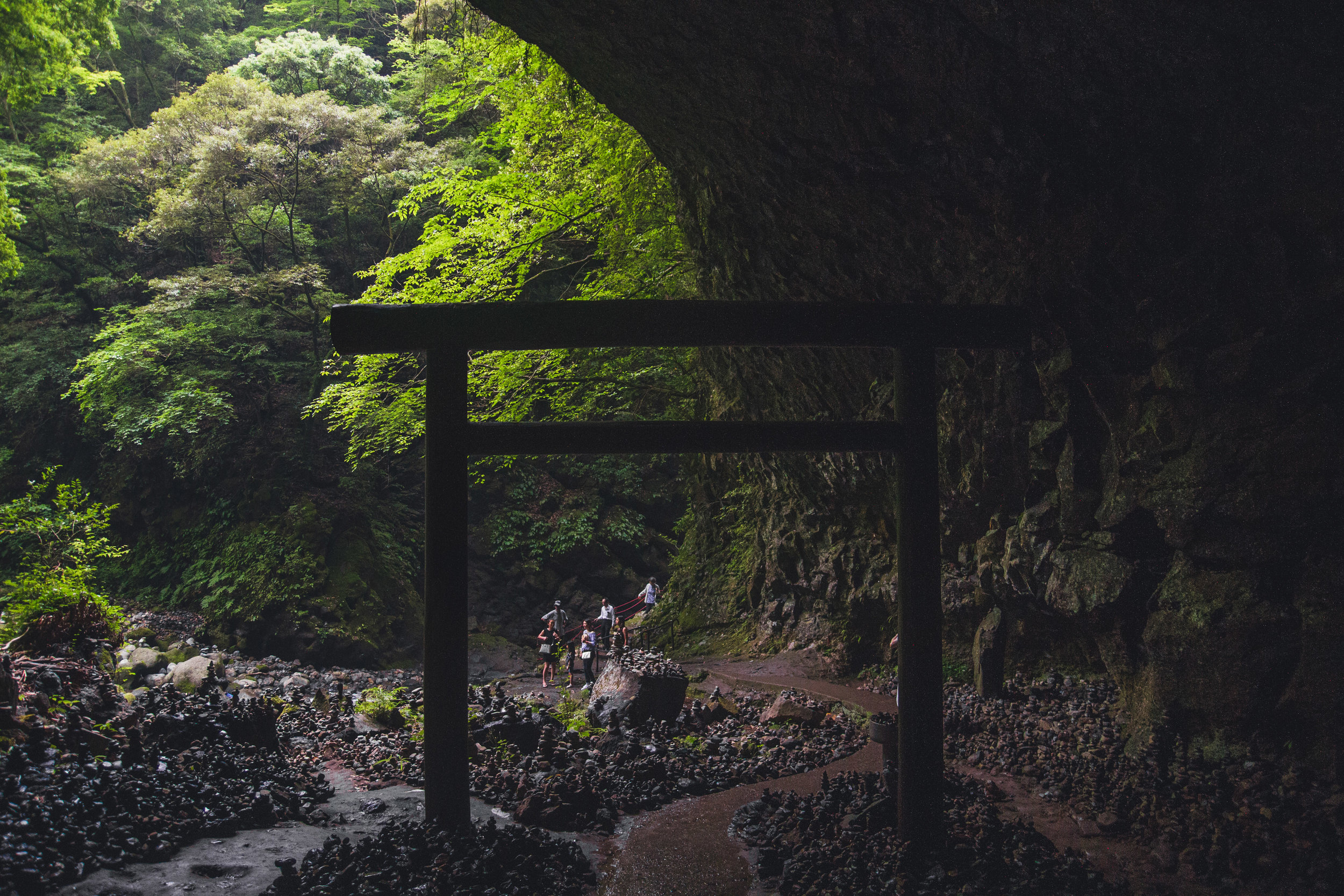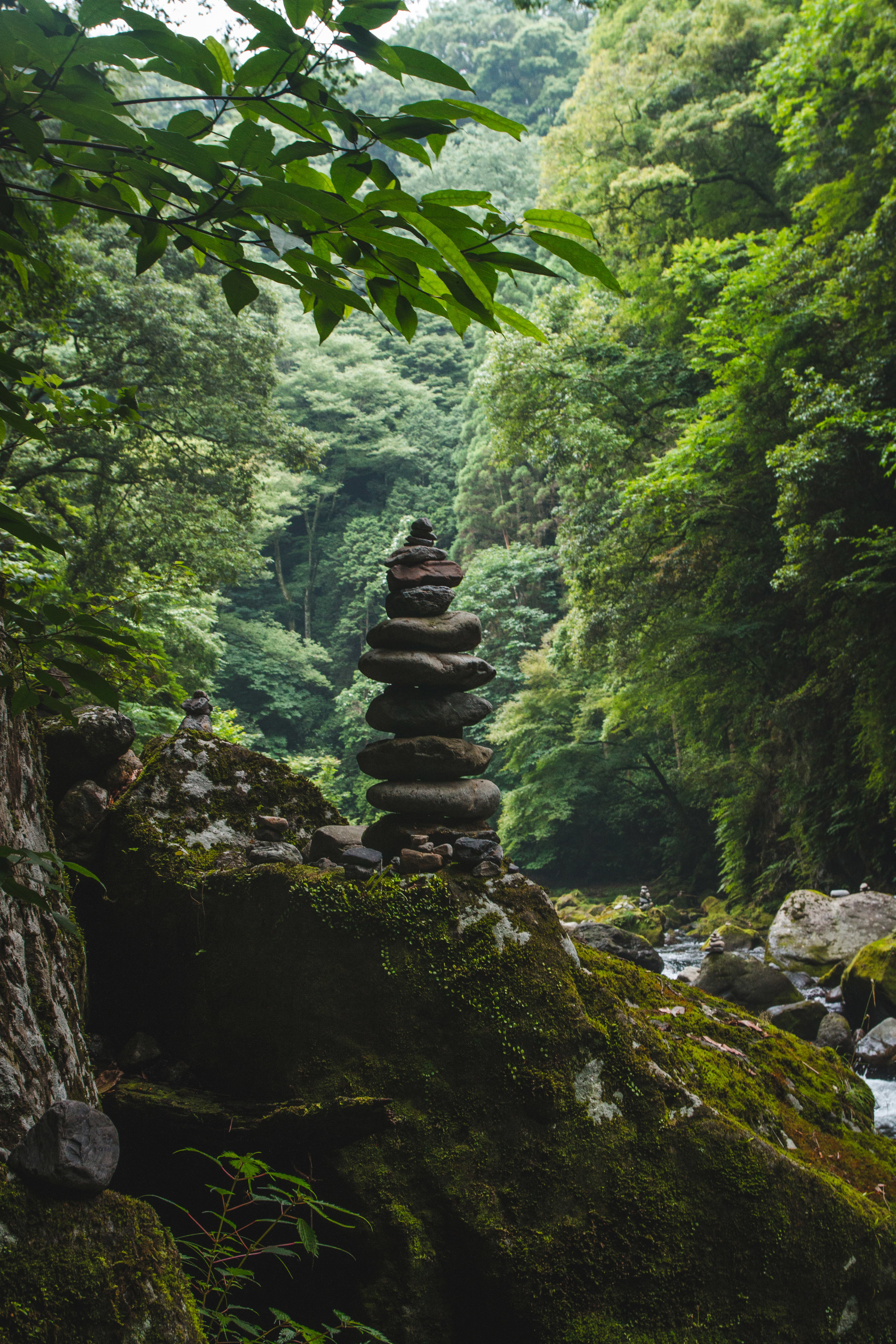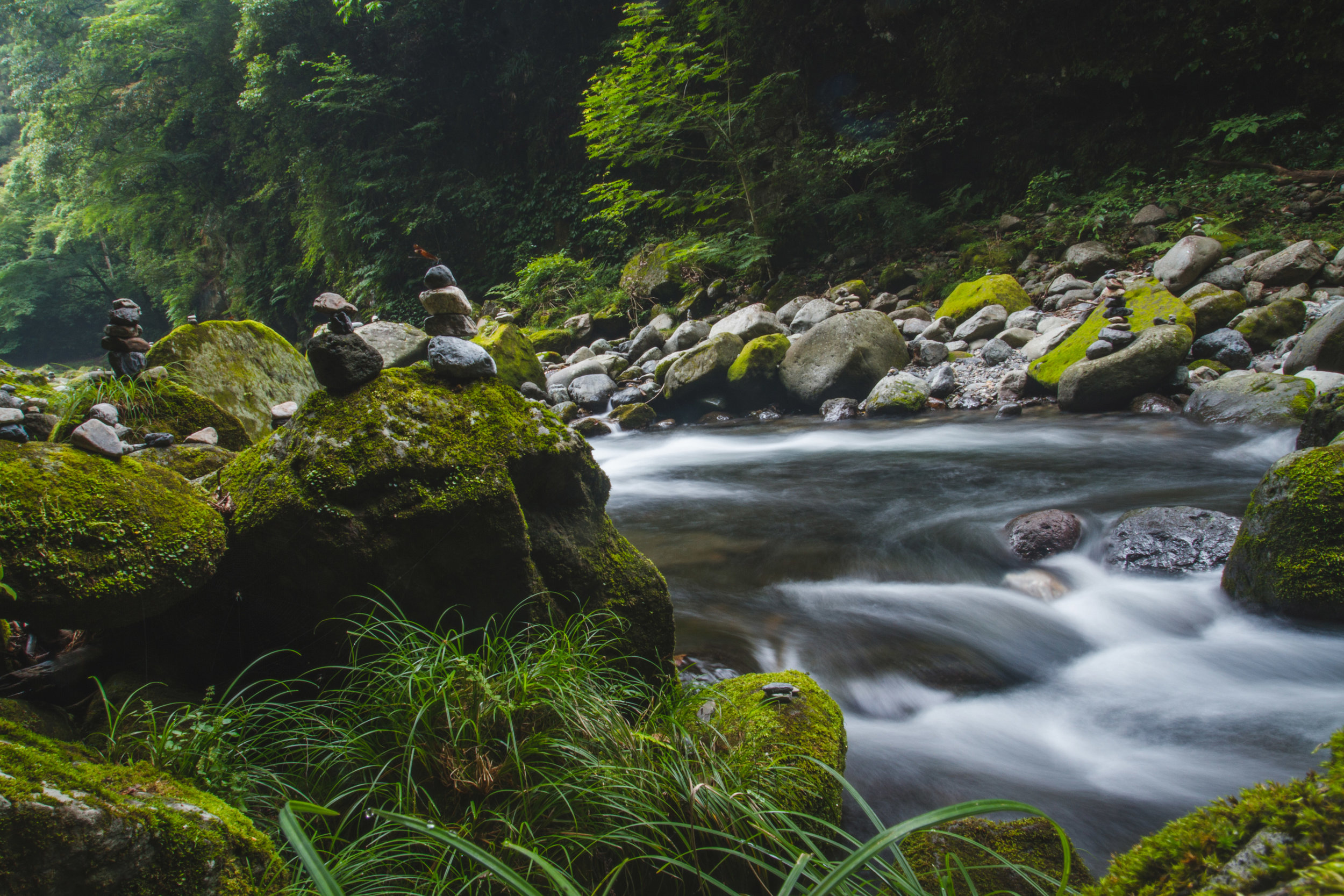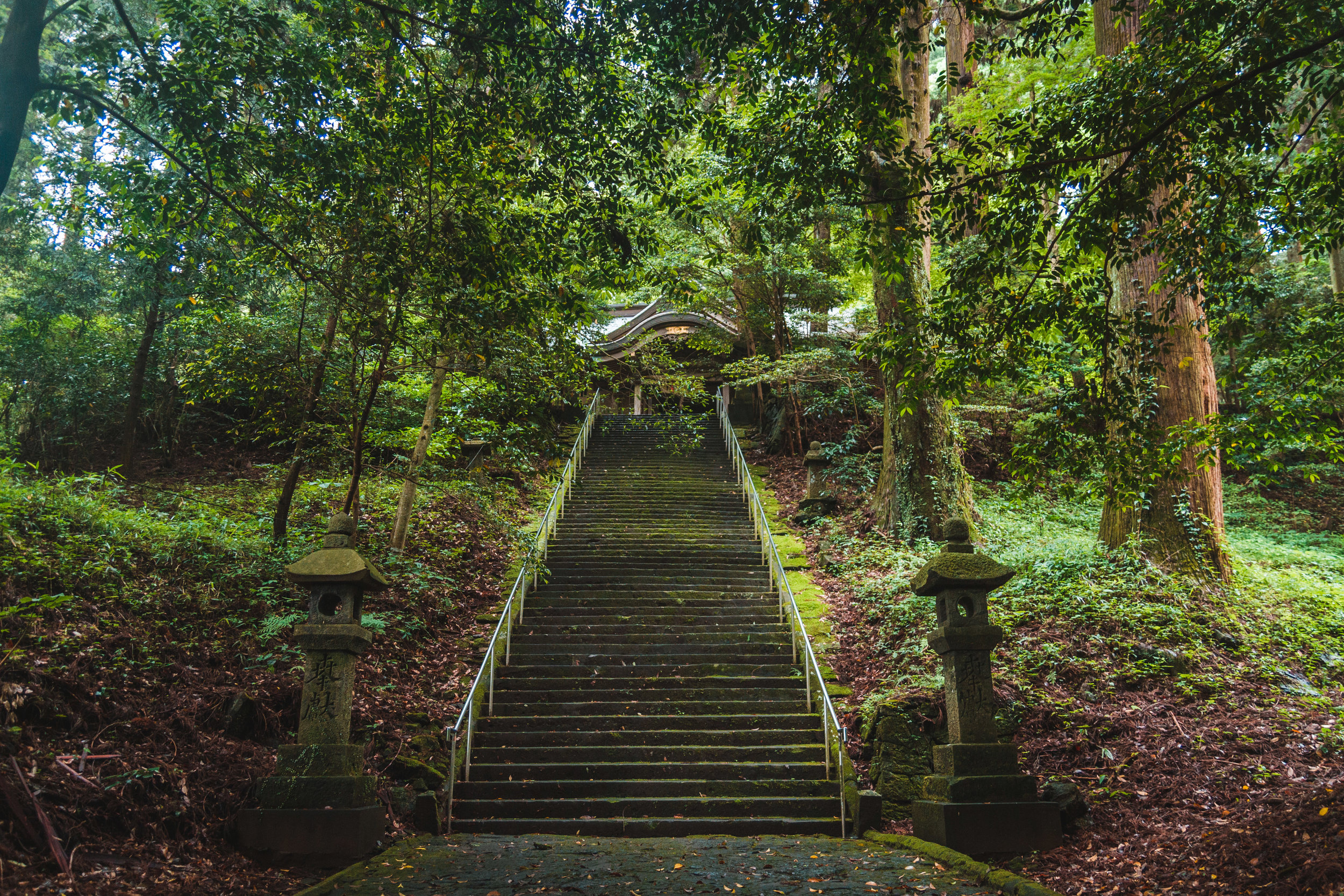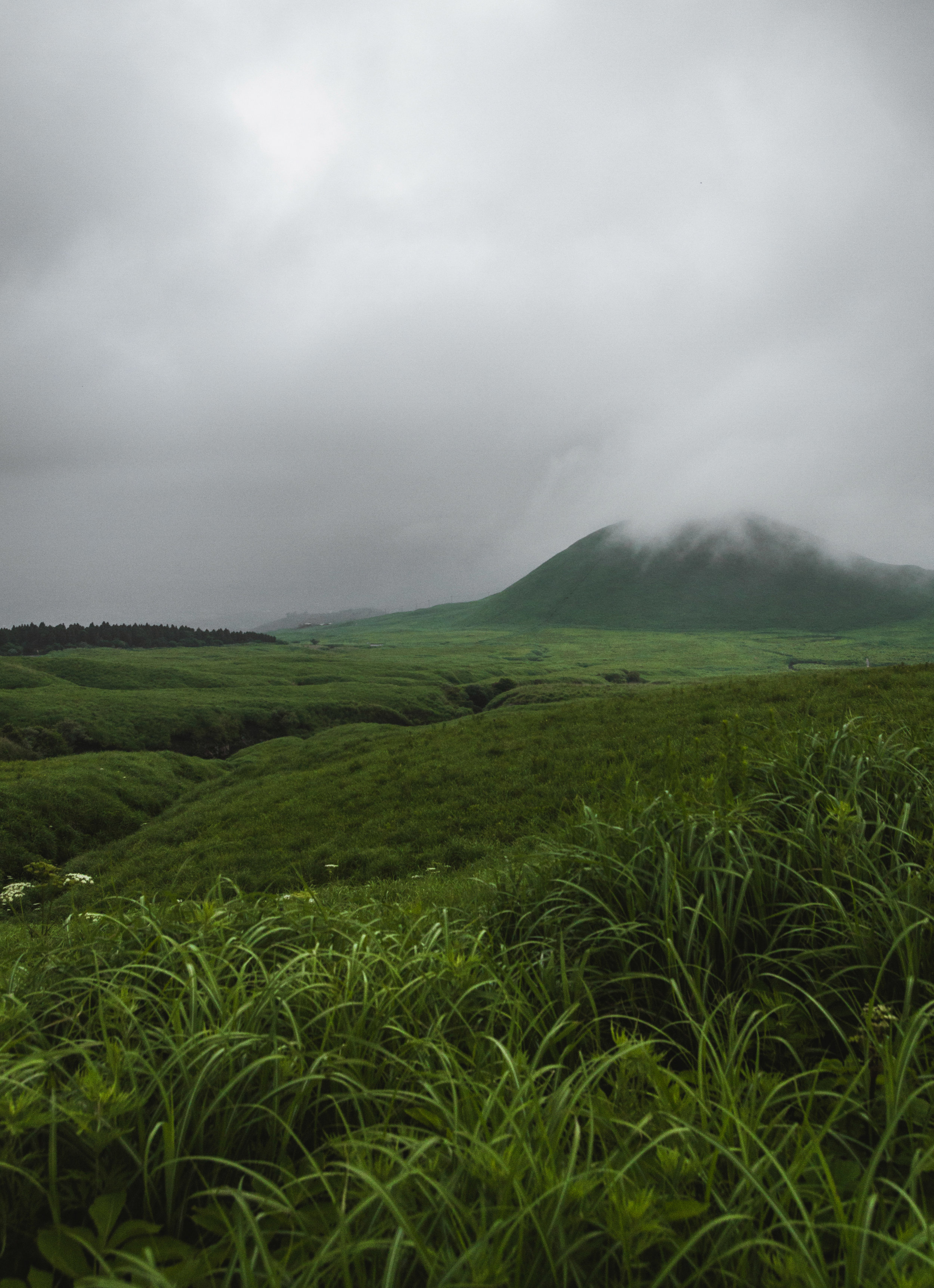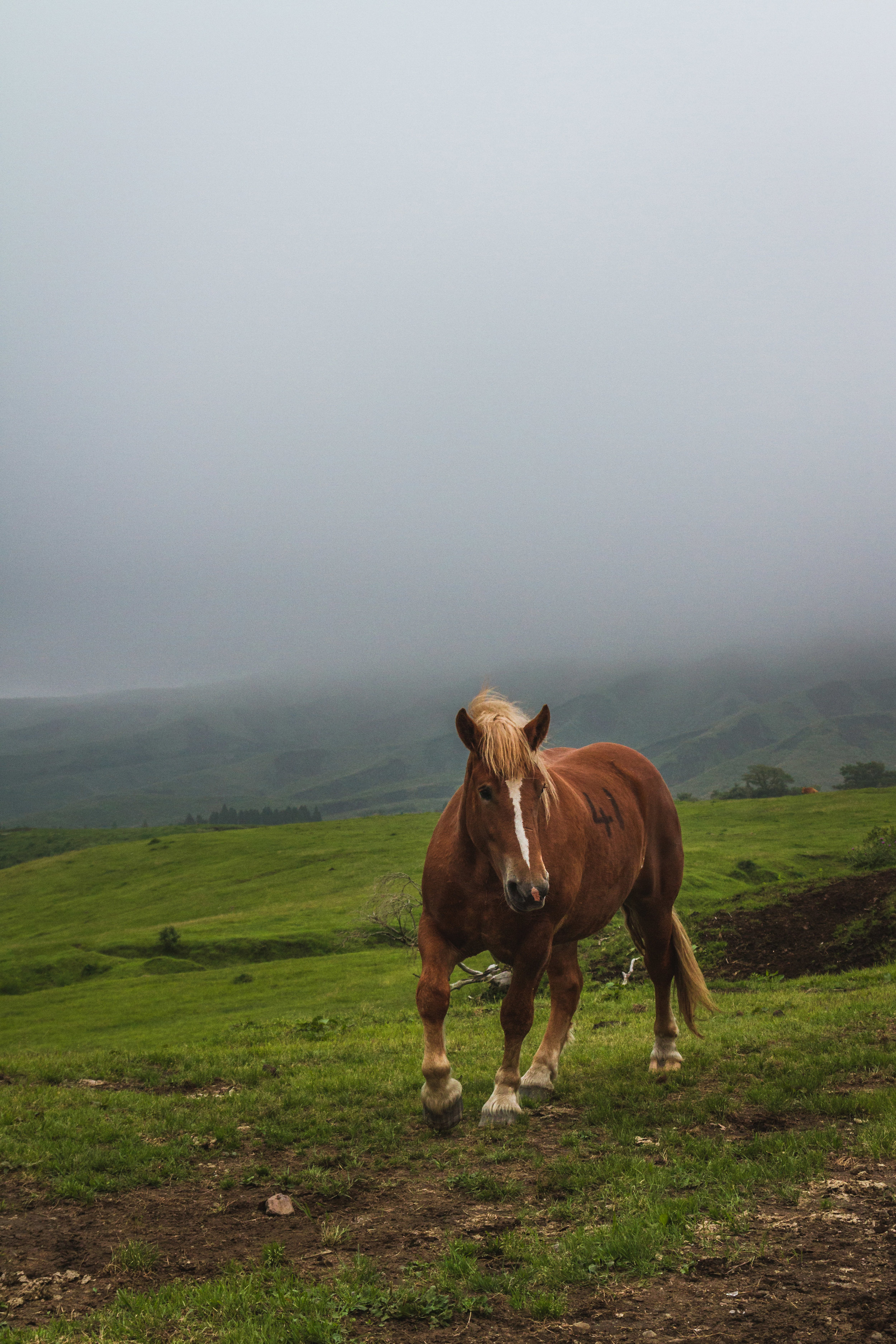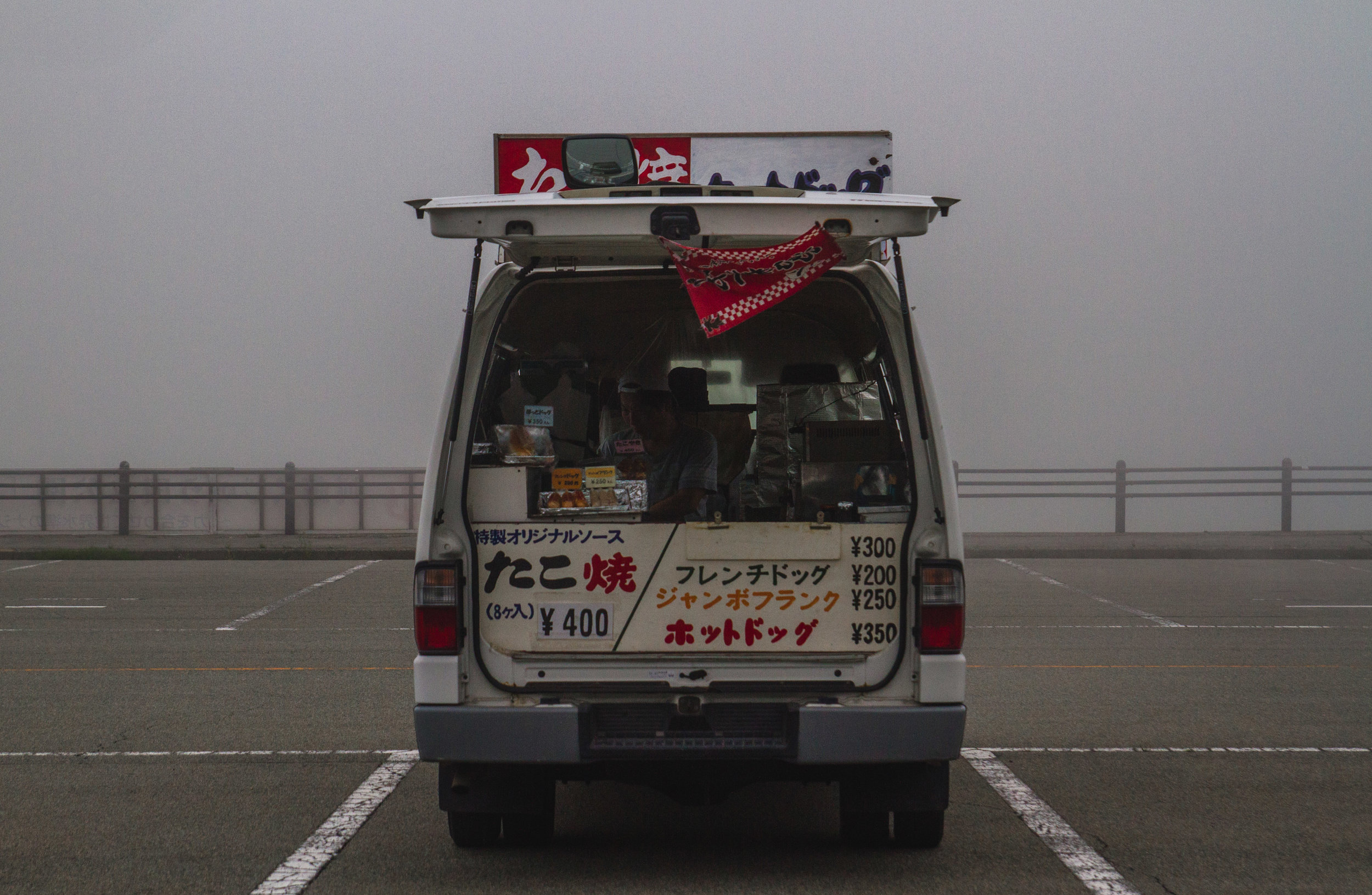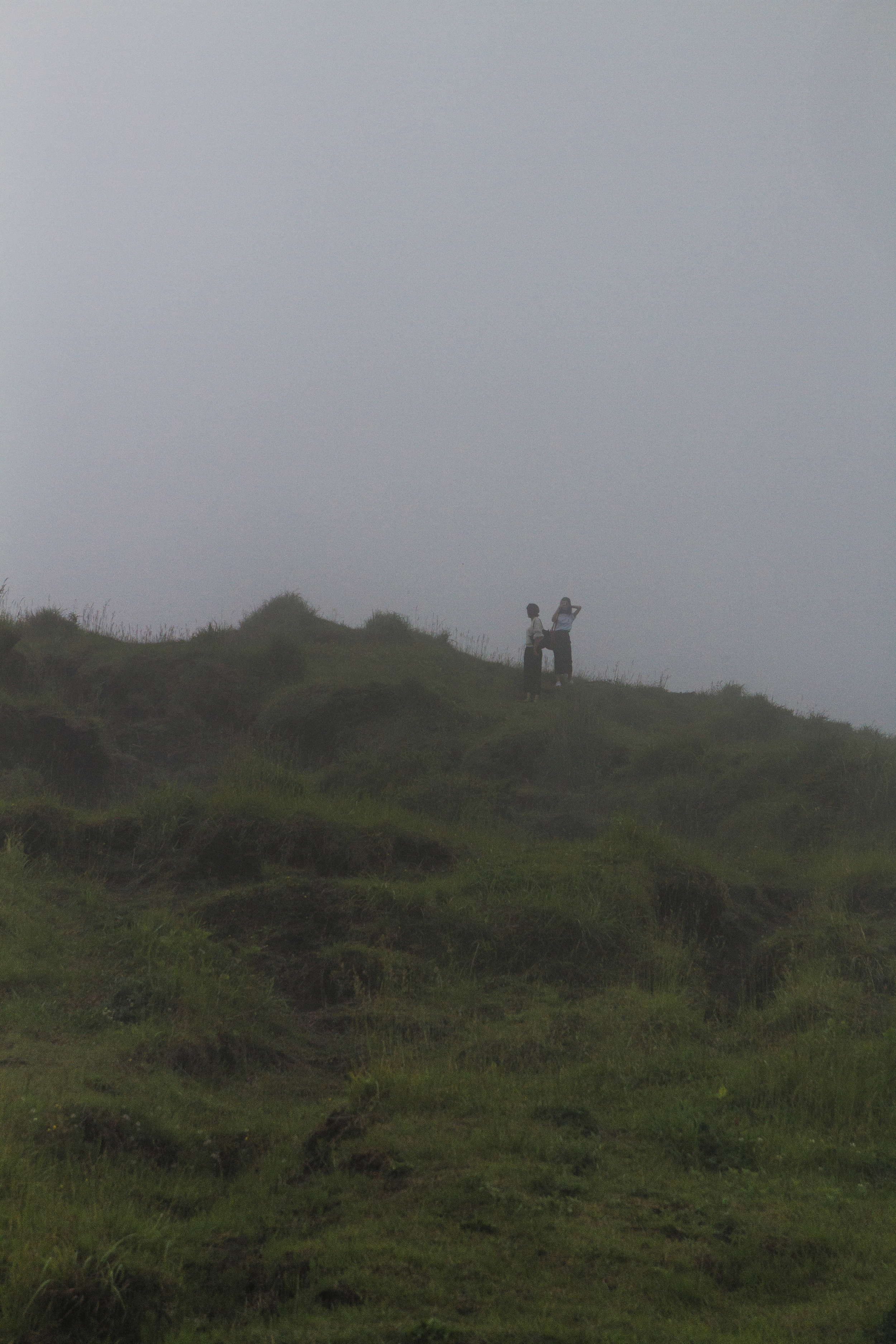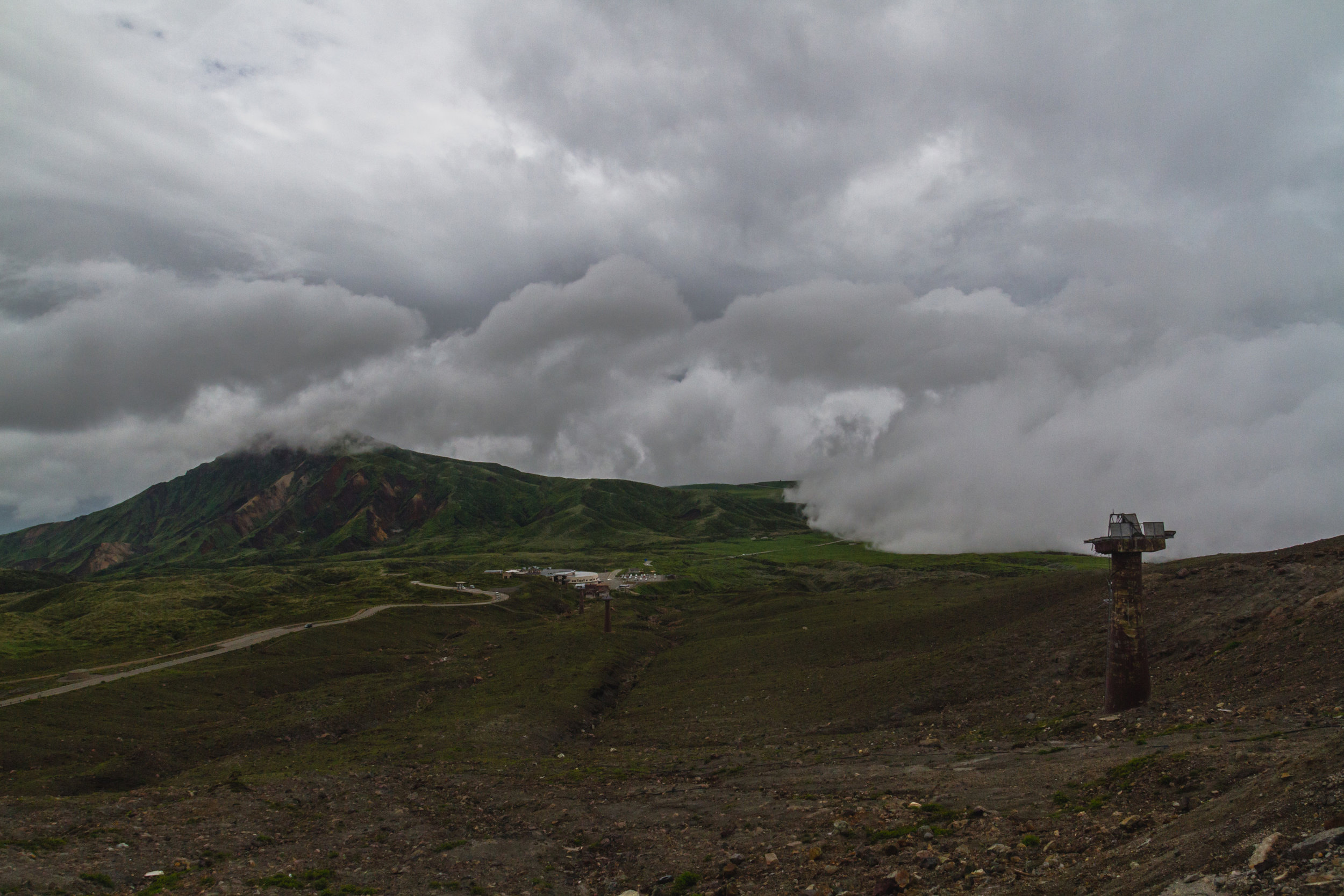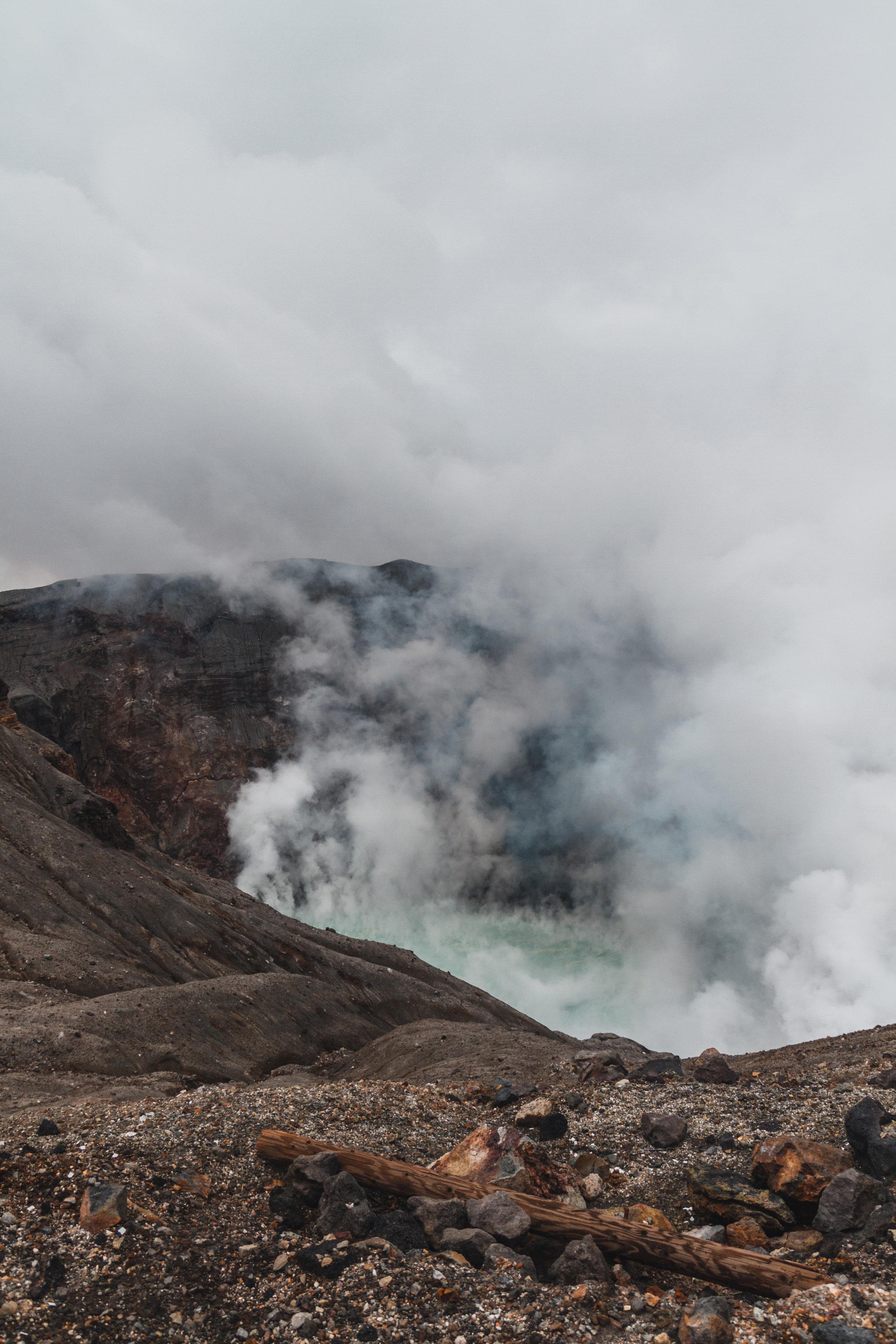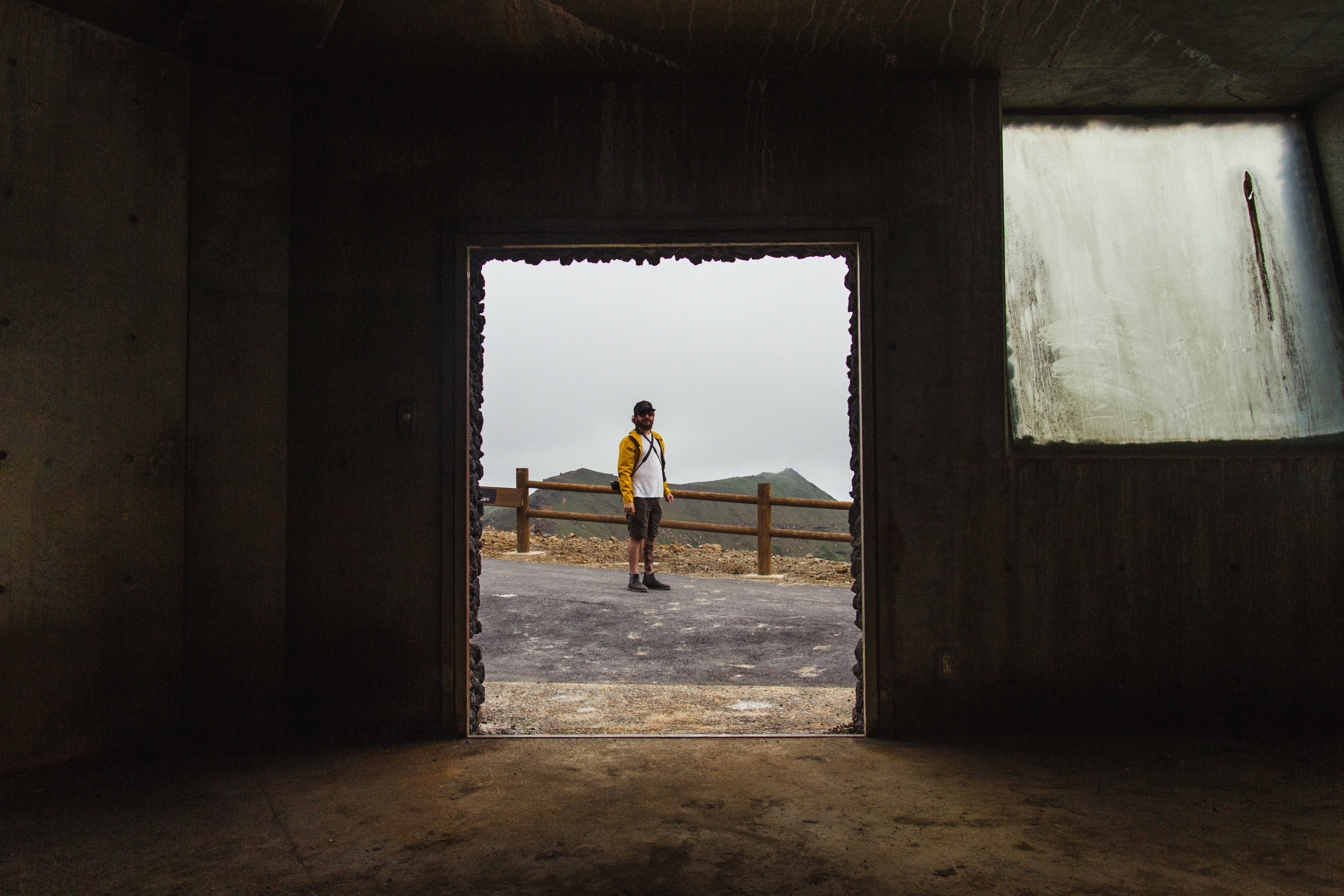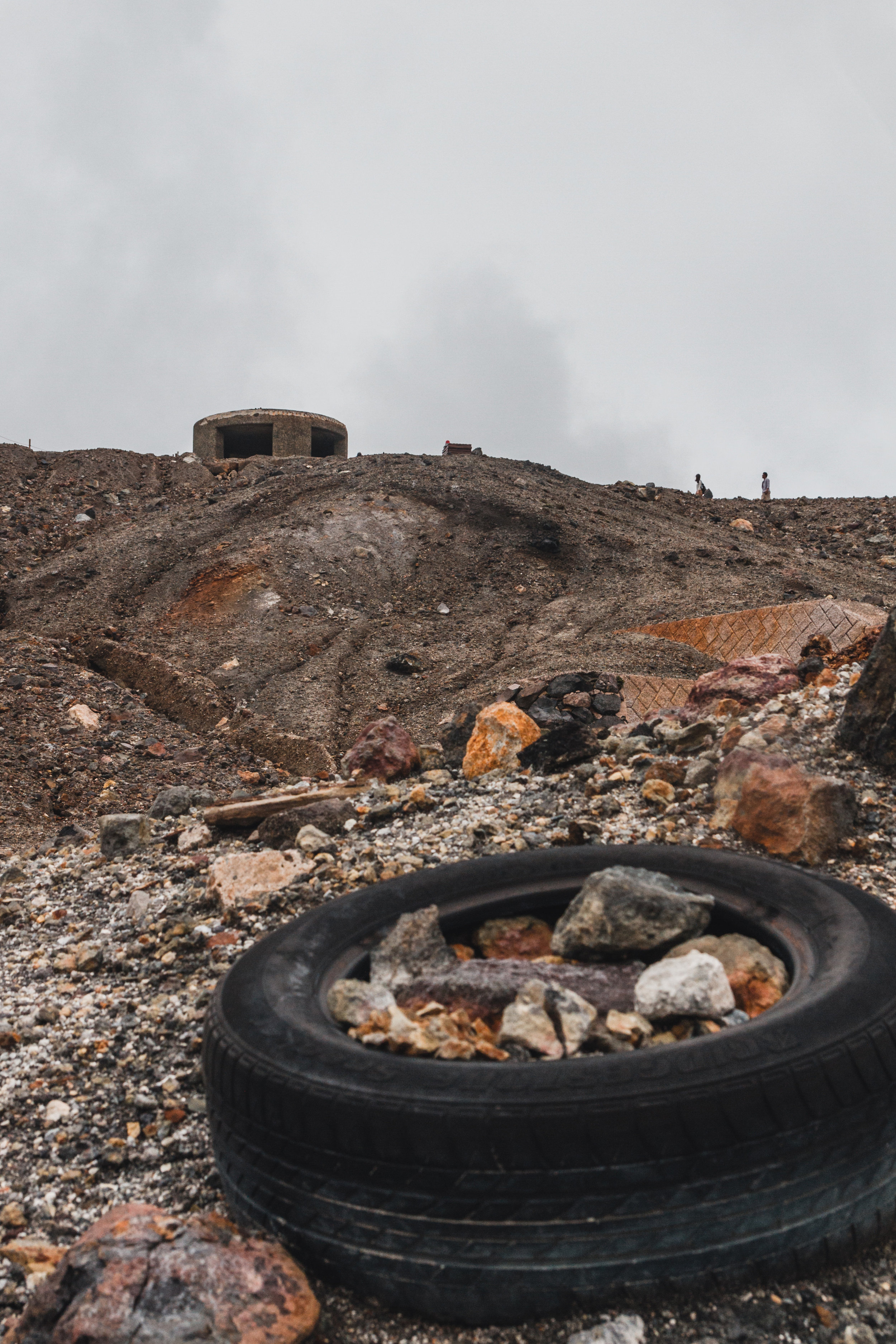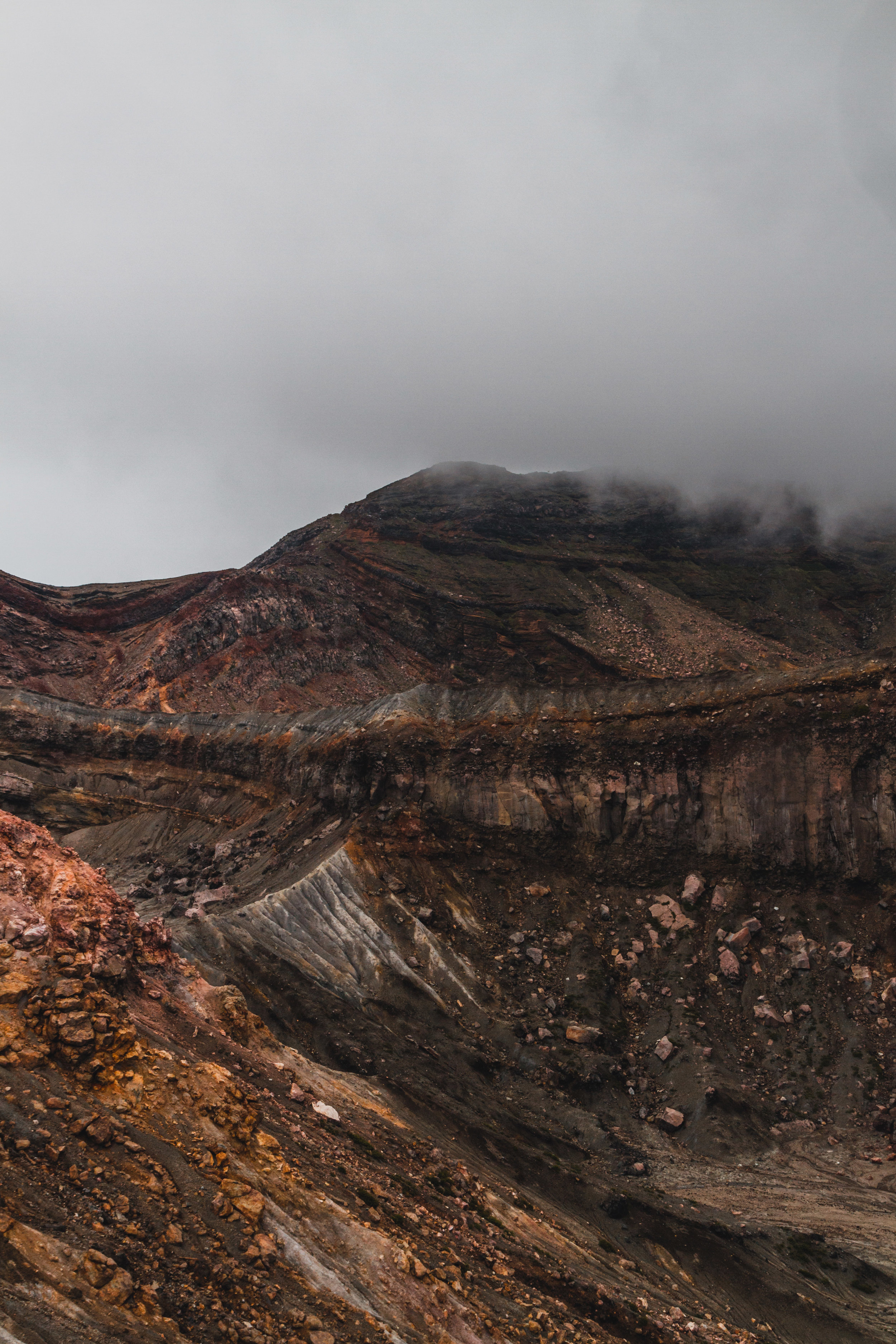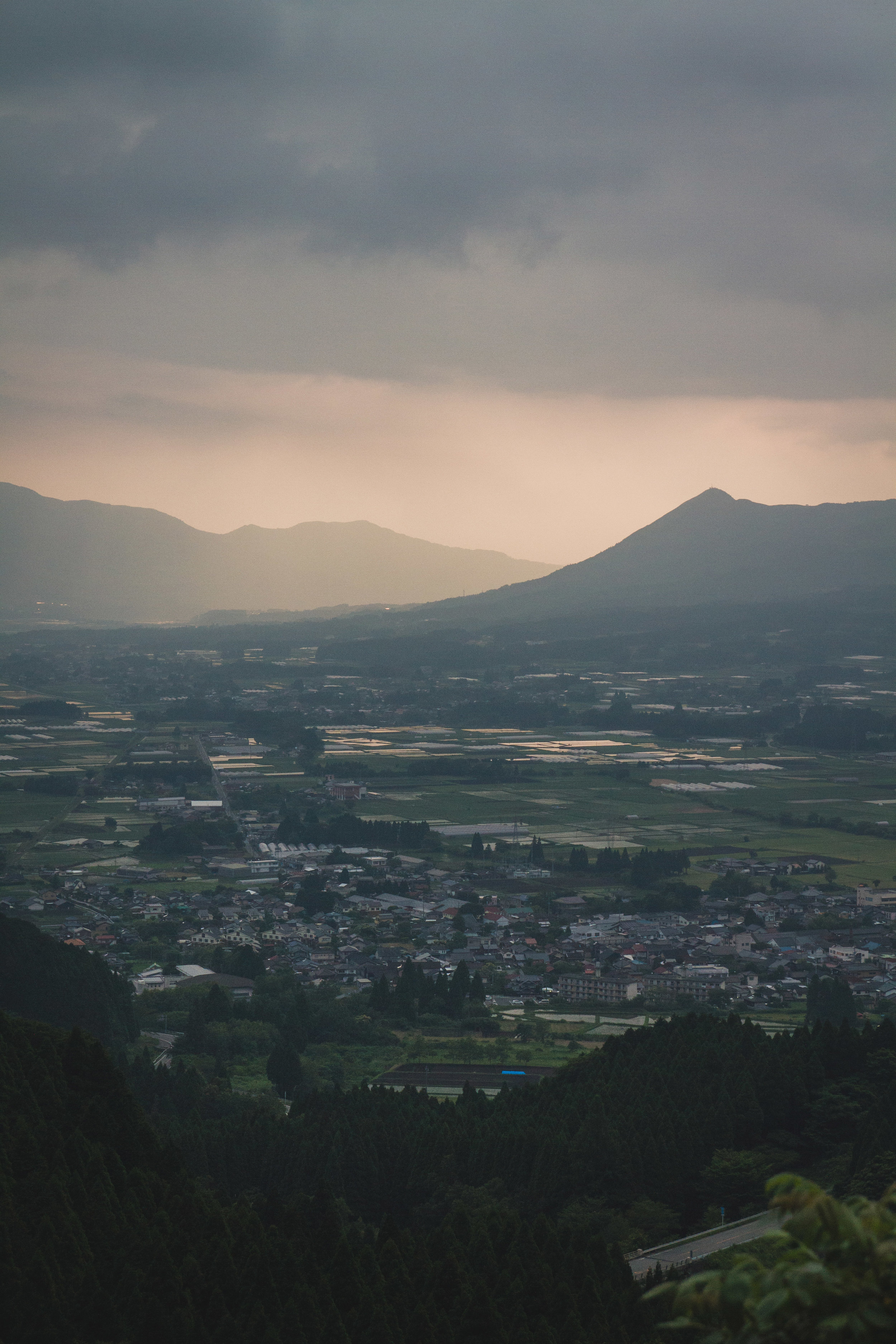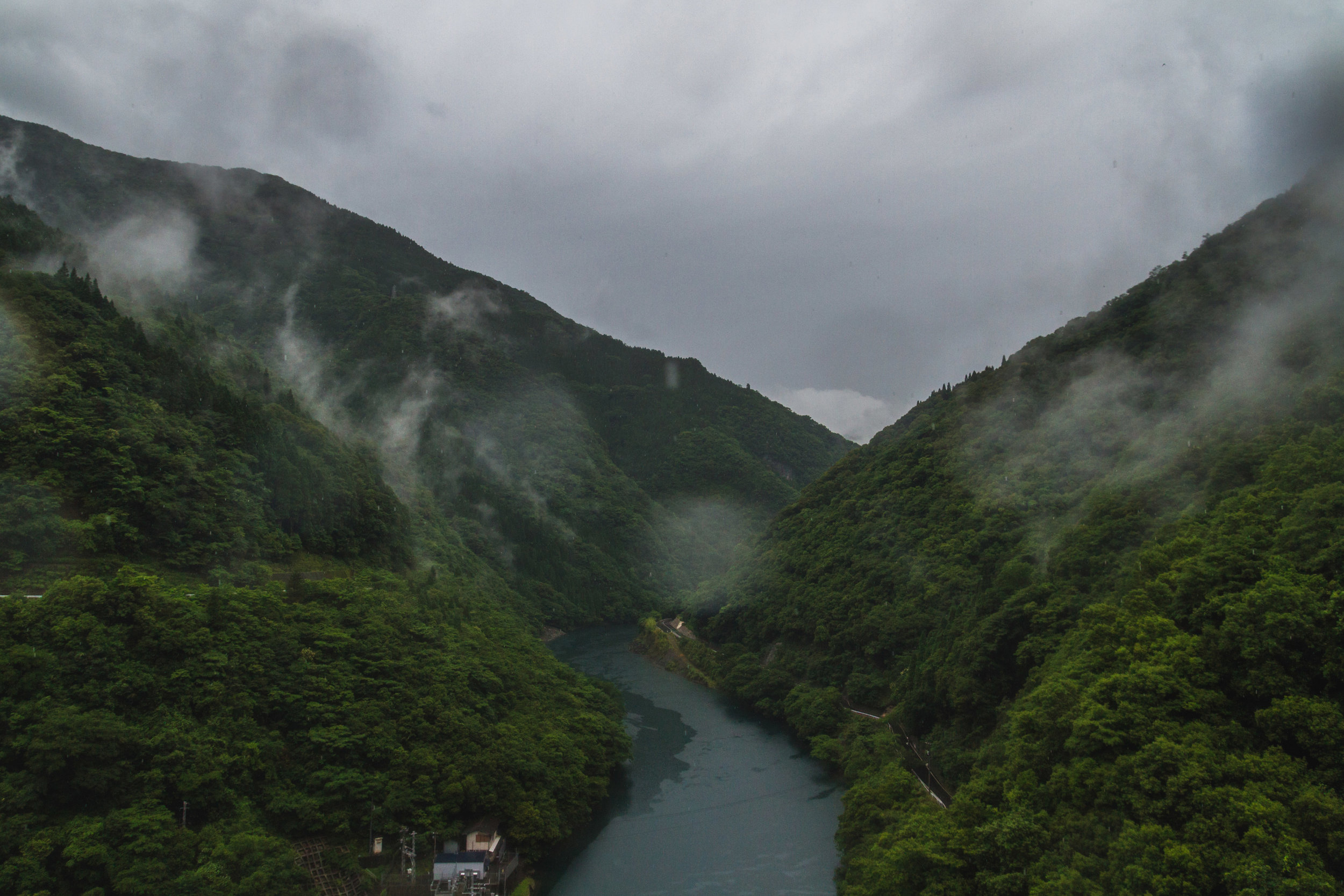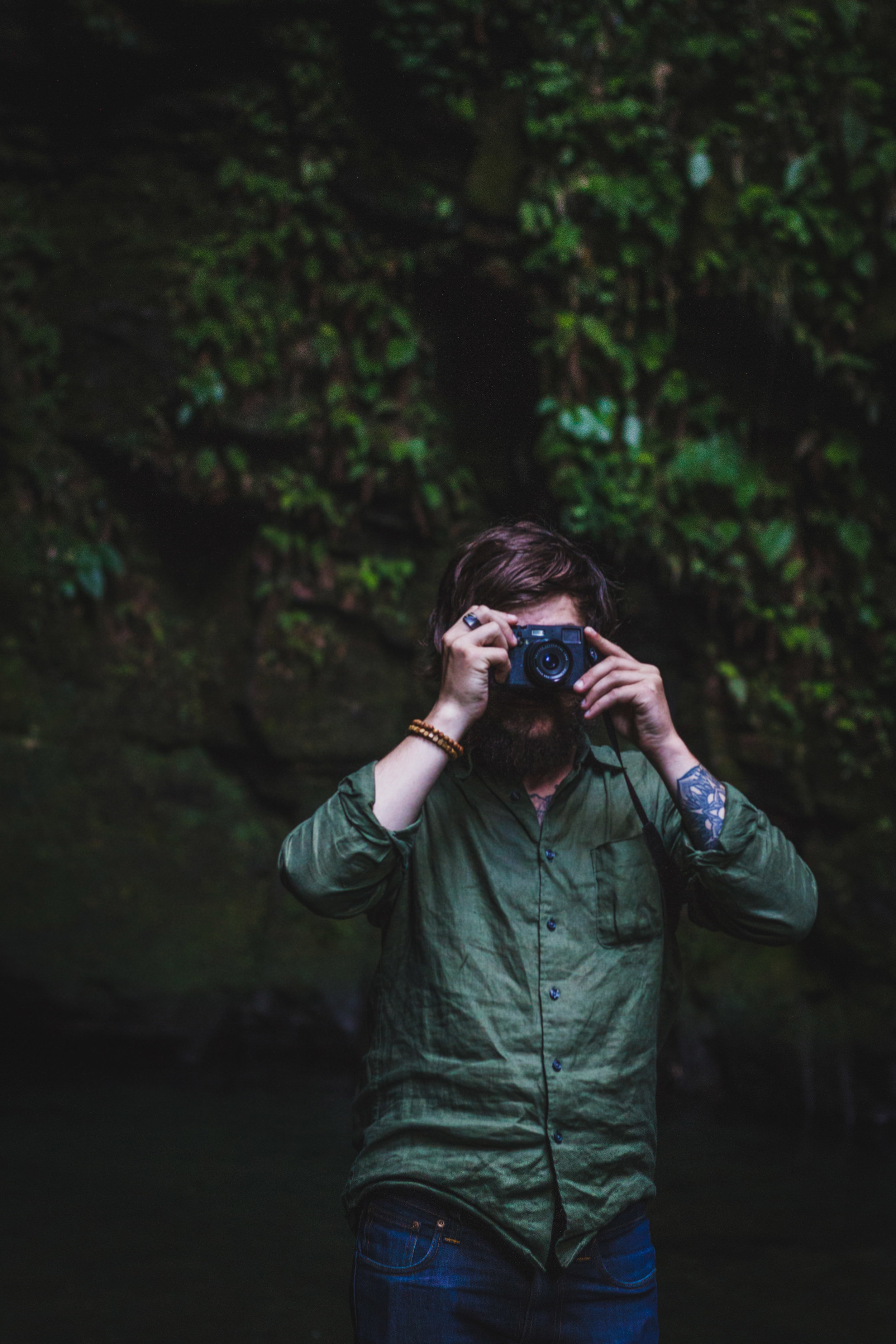Kyushu Calling: VOL 2
This post is part of a larger series that seeks to explore the island of Kyushu and some lesser known places in Japan. The first post can be read here.
Nobeoka: City by the Sea
A friend from the US visited a few months back, and after a saké or two, we decided to use the upcoming weekend for a spontaneous road trip. I often avoid expensive toll roads in Japan, opting to take local highways and alternative routes when I can. Occasionally this means navigating rice fields in the dead of night, but I enjoy seeing the areas normally missed on the expressway. With this idea in mind and Mount Aso as the end goal, we planned a loop route up through eastern Miyazaki and back down through the mountains of Kumamoto. After consulting Google Maps to find a good resting place for the following night, we settled on Nobeoka.
Though admittedly a one night visit, this coastal city still offered a lively night scene, delicious food, and breakfast by the sea. If I could describe myself in three words it would be this: forever seeking dumplings. Ecstatic does not even begin to describe my mood when we stumbled on a gyoza restaurant. A place that only serves gyoza (with rice and beer as sides) may seem limited in the US but in Japan it makes perfect sense. Japanese culture is often about mastery through focus and persistence: pick one thing, and do it over and over and over, until it’s the best it can be, and then work some more. And I’m not sure things can get better than two plates of dumplings (pan-fried and steamed) and two large bottles of Asahi shared with friends.
Post-gyoza heaven, we wandered in search of a nightcap. When looking for entertainment districts, a good rule of thumb in Japan is to follow the echoes of karaoke. Often that will lead you to rows of bars that sit both next to, and on top of each other. Space is a precious commodity in cities–both for residential and commercial use–and this manifests itself in two ways. First, small apartments mean that home gatherings are fairly rare, and people prefer to a night out. Second, for bars to maximize space, they are also small and stacked on top of each other. It’s not uncommon for entire 10-floor building to contain only bars, and many of these structures are often clustered in one convenient area. As a result, many city-dwellers prefer to spend their social time out and about, bouncing around between karaoke, izakayas, and billiards bars on various floors and buildings all within mere meters of each other.
It also seems to be a common theme that if you show up as a Westerner in a karaoke bar and you hang out long enough, eventually you WILL be requested to sing some American music.
It does not matter if you came here to sing, if you can sing, or even if you want to sing. Sooner or later a song will be put on and a microphone will be handed to you, and then it’s showtime, baby. A few crowd favorites friends and I have been coerced into: John Denver - Country Roads, Queen - Bohemian Rhapsody, Jackson Five - ABC, literally anything by The Carters (most of which I had embarrassingly never heard of), and Mariah Carey - All I Want For Christmas Is You ( the time of year does not affect this frequency of this request.) This night however, we found ourselves belting out a giggling (me) version of Aerosmith - I Don’t Want Wanna Miss a Thing. What can I say, 50 Cent is more of my wheelhouse. A couple of Suntory highballs and a few thousand yen later, we closed out the night and headed back to our hotel, amidst small groups of the salarymen swaying their way home.
Loading up on snacks at 7/11 the next morning, I noted that most cars parked next to us had boards or wind-surfing equipment strapped to theirs top, and bumpers clad in surf culture stickers and brand logos. The Miyazaki coast is fairly well known in Japan, or in Kyushu at least, as the surfing capital of the country. Nobeoka lies north of Miyazaki City, and a few kilometers from of Hyuga - a surf town favorite of locals and gaijin alike. I half expected a shaka to accompany the standard “ohiyo gozimasu!” morning greeting. We ate steamed buns and sipped on coffee by the sea, watching the sun burn through a salty haze, before continuing northward to Takachiho.
Takachiho: Caves and Chasms
With sheer walls rising up over 20 meters on either side of the Gokase River, the Takachiho Gorge is a sight to be seen. Basalt columns line the gorge walls in layers, intermingling with the dense foliage above. There is even a waterfall, the Minainotaki waterfall, at one end of the gorge, which falls from at least 50 ft to the river below. The two ways to see the gorge are the walking path that runs parallel to it (well paved, with stairs and railings), or by renting one of their rowboats and traversing the waters yourselves. Judging by the number of rowboat collisions we witnessed, this may be best experienced as a voyeur rather than a participant. This spot is easily accessible from multiple parking lots (all of which have matcha ice cream for those in need of motivation on the way back.) As a result, it’s definitely subject to over-tourism; we did our best to not to get caught behind one of the copious tour groups filing through the gorge’s walkway.
Takachiho is also well known in Japanese mythology as the site where Amaterasu, the Shinto Sun Goddess, hid herself away in a cave to escape her brother’s cruel pranks. Legend has it that all the other gods and goddesses joined forces here in an effort to draw the Sun Goddess, and her life-giving light out from the darkness. None of their efforts worked, that is until one goddess performed an incredibly lewd dance. This left the other deities rolling in laughter so loud that Amaterasu ventured out of the cave to see what the commotion was, thus returning light to the world. The Imano Awata Shrine rests in one of the caves that is said to have housed the gods and goddesses while they strategized how to lure Amaterasu out. We made our way into the shrine - passing through the torii gate and past the temples, towards a small path towards the back of the site. Down some cobblestone stairs, and a moss-covered path alongside a babbling river, we ended at a cave on its banks. As we rounded the corner, it took me a moment to process the what I was seeing.
The cave is modest in size, but the ground and the river bank adjacent are covered by hundreds, if not thousands of stacked rocks. It felt like stumbling upon a miniature village; I spent a few minutes just walking around in awe, minding my steps in fear of knocking one over. The sheer number of rock structures and the natural beauty of this otherwise simple shrine, gave it a particular air of mythicism.
I am by no means religious, but there are often moments here that feel like something in-between mystery and spirituality. Perhaps I just watched too many Studio Ghibli films as a kid.
This shrine seems to be less frequented than the gorge, and I’d happily visit again. Also if you find yourself in this area, definitely make a stop into this mom and pop udon shop for some tasty eats (sometimes I still dream about their shrimp tempura dish.) We grabbed a bite before continuing on to our next stop for the night, Aso-shi, at the base of Mount Aso.
Aso-shi: Disappearing Act
Our original plan was to hike at Mount Aso, down from the north side, to an overlook with views of the smoldering crater below. Unfortunately we got 90% of the way there to find the last bit of the drive to the trailhead was under construction. Turning around, we followed a single serpentine road up the low mountainside toward a more touristy area with guaranteed access to the crater. As we wound our way along pastures of serene cows and herds of horses, Kyushu’s moody weather was in full swing. The grassy peaks faded in and out of the fog, and this continued for most of the drive.
Arriving at what we thought to be the top, we followed suit of the cars parking in front of us, and headed towards a misty path. I can’t remember the last time I was in fog so thick, and it’s an eerie thing to walk into what you can’t see. Venturing towards the directions of voices, we made our way up a small hill. Tourists on rented horse rides appeared and disappeared into the mist, though with the vibe that day I wouldn’t have been surprised if it was into another dimension. A few minutes later though, a strong wind swept the clouds away and we realized we were in the middle of a plateau field, and that the actual crater was still a little further up the road. Laughing about our mistake, we hurried back to my K-Car and soon arrived at the Nakadake crater.
There used to be a ropeway from the free parking lot up to the site, but it is now defunct and sits in an epic state of disrepair. However, the crater can still be reached by toll road and a small fee. As part of the Ring of Fire, Japan is home to 10% of the world’s volcanoes; Mount Aso remains the largest active volcano in the country, and one of the biggest across the globe. Standing at the caldera’s edge, we watched plumes of gas curl upward, occasionally clearing long enough to catch a glimpse at the vibrant blue liquid boiling inside. Embedded in the craggy slopes leading away from the crater were what seemed to be pillboxes–concrete dugouts normally found in combat or war zones–though it was unclear of their purpose. Nearby, a larger concrete structure offered an even higher view of the plateau plain, and as another wall of clouds moved in we both took the opportunity for a timelapse of the surreal scene. Perhaps this comparison was influenced by the many episodes of THE HABITAT podcast we binged on the winding drive in, but between the rapidly changing cloud cover, the bubbling crater, and the rusty, jagged landscape Mount Aso felt nothing short of otherworldly, and at times, even post-apocalyptic.
That is, of course, if tourists taking selfies still exist after the apocalypse.
I could imagine being disappointed about the weather, but as far as moods go, I’d argue we hit the jackpot on this trip.
Related-ish: Going The Distance
I’ve learned that anything more than an hour or two is deemed a trek when you live on an island. There is definitely an islander mentality here when it comes to distance. My first encounter with this was years ago back in Chicago. I worked with an amazing designer who was originally from Hawaii, and I have a distinct memory of her explaining how her first road trip on the mainland US threw her for a loop after discovering they would be in the car for up to 8 hours. Growing up on an island, it rarely took more than an hour or so to get anywhere, and she couldn’t fathom the idea of driving for longer than that. I’ve run into this mindset in Kyushu as well. When chatting with coworkers about my weekend, they were floored by the idea of driving to Takachiho AND Mt. Aso (give or take 6/7 hours round trip, spread over two days, mind you.) Just wait till I tell them how long it takes to get anywhere during rush hour in Chicago.
Till next time (and VOL 3) ✌🏻



